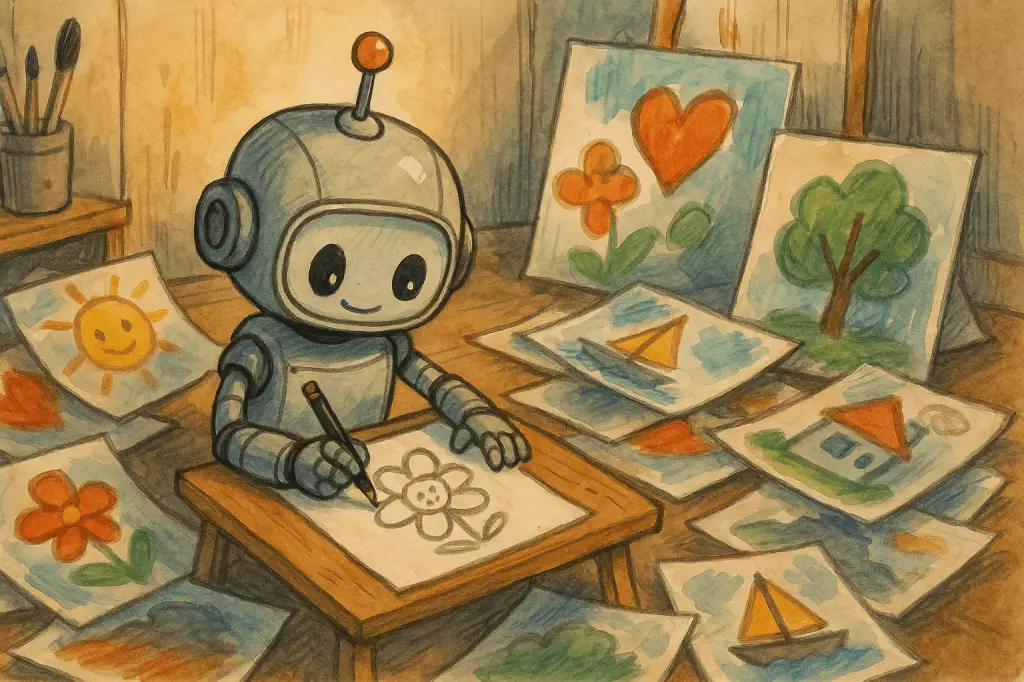In an era where creativity and technology intertwine seamlessly, the arrival of OpenAI’s gpt-image-1 model marks a significant milestone for developers and enterprises alike. This groundbreaking model allows users to generate Studio Ghibli-inspired images natively within their business frameworks, propelling innovation to new heights. With this integration, companies can harness the power of high-quality, professional-grade image generation, ultimately streamlining workflows and enhancing the creative process.
OpenAI’s introduction of the gpt-image-1 model into its API represents a shift from traditional methods of content creation. Traditionally, acquiring custom visuals required extensive resources, including hiring specialized artists or utilizing multiple software solutions. However, this new model shifts the paradigm by enabling businesses to generate diverse styles and adhere to specific nuances in real time. This fluidity not only saves time but also amplifies productivity, allowing teams to focus on refining their ideas rather than getting bogged down in the image creation process.
Breaking Down the Costs: Are They Worth It?
While the implications of gpt-image-1 are profound, potential users must navigate its pricing structure. OpenAI has set the costs at $5 per million tokens for text and $10 for image input tokens. However, the output—those prized images—comes at a steep $40 per million tokens. In comparison, competitors like Stability AI provide a more straightforward credit-based approach, valuing their services at a much lower cost per generation.
Many businesses are now evaluating whether the financial investment in OpenAI’s model aligns with the expected return on creativity, engagement, and market impact. The question remains: is the quality of the images generated by gpt-image-1 worth the price? Early adopters have reported high satisfaction with the generated content, yet companies will have to weigh the benefits of exceptional quality against more economical alternatives available in the market.
Facing Challenges Amidst Success
With high popularity comes inevitable challenges. OpenAI observed a surge in users creatively pushing the boundaries of the gpt-image-1 capabilities, particularly in generating art reminiscent of Studio Ghibli’s enchanting aesthetics. However, this trend brought its own set of complications. As social media platforms flooded with similar images, the artistic originality and uniqueness that users sought began to diminish. Feedback echoed from the public, and OpenAI’s CEO, Sam Altman, jokingly noted that their GPUs were “melting” under the pressure of demand.
The overwhelming volume of similar images generated raised questions about the balance between innovation and individuality. While AI offers vast creative possibilities, it also poses the risk of homogenizing artistic expression. Companies embracing this technology need to consider how to maintain a distinctive identity in an age where anyone can generate stunning visuals with minimal effort.
Enterprise Adoption: A Creative Playground
Despite the potential pitfalls, the gpt-image-1 model has captured the interest of several high-profile enterprises, illustrating its versatility across various sectors. Brands like Canva and GoDaddy are experimenting with the integration of AI-generated images into their services, enhancing user engagement and creative output for their customers. By simplifying the process of image generation, these companies are allowing teams to craft logos, marketing materials, and content without leaving their core ecosystem.
The integration of AI tools like gpt-image-1 into established platforms illustrates the changing landscape of content creation. This shift echoes the growing need for businesses to adapt their processes to fit the digital age. Companies must stay ahead of the curve, leveraging technological advancements while ensuring their creative visions remain intact and differentiated from competitors.
Implications for the Future
The introduction of models like gpt-image-1 not only shapes the future of visual creativity but also raises pertinent questions about ownership and authenticity. Every image generated comes embedded with metadata from the Coalition for Content Provenance and Authenticity (C2PA), guaranteeing transparency regarding its AI origins and ownership status.
As enterprises increasingly adopt these intelligent systems, the intersection between creativity and technology will continue to evolve. How businesses navigate issues of originality, cost, and integration will dictate their success in this burgeoning landscape. As AI democratizes the art of image generation, the challenge lies not in accessing advanced tools but in how organizations leverage these innovations to tell authentic stories, engage audiences, and stand out amidst a sea of visual content.


Leave a Reply